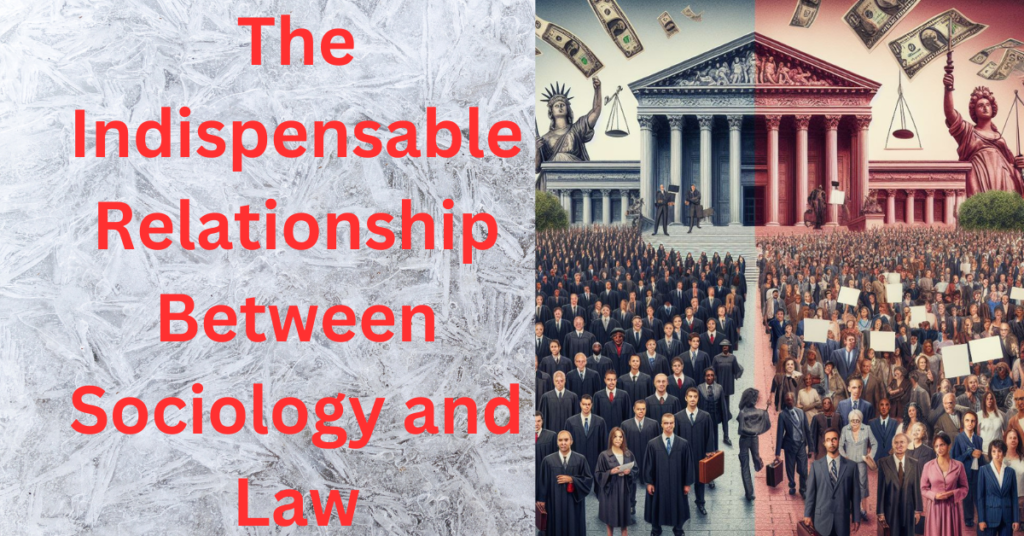Kinjal Sampat
To Belong
How dire and how complex it is to belong. At birth, the powerful markers of ethnic, gender, economic, and spatial distinctions and stratification already claim us. Throughout our lives, we embody philosophies, opinions, habits, and trends to signal our belonging overtly. Treading precariously along the lines of inclusions and exclusions. Everyday belongingness, instead of grounding, instead of securing, oppressively restricts. These markers aren’t benign signs of who we are but gatekeepers defining and policing the contours of one’s being from birth and through a lifetime. It has been the price people pay for belonging – you can’t be anything but.

Over time, we do step outside the world inherited at birth and experience the gratification of affiliations based solely on the exchange of ideas. Connections whose architects aren’t elsewhere and connections that carry the potential to unravel fascinating exchanges promised by such transcending of the boundaries, a possibility that makes it distinct from traditional markers which for centuries have provided community but also unfairly and violently perpetuated themselves.
In recent times, the cohort-based axis of belonging, as of ‘Baby Boomers’ (now just boomers), ‘Generation (Gen) X’, ‘Millennials’, ‘Gen Zoomers (Z)’, and ‘Generation (Gen) Alpha’ have become not only relevant but almost all encompassing. These standardized, age-based cohorts are recent compared to socio-economic-spatial and cultural markers that have operated for far too long. What is interesting is that the age-based ones aren’t benign either, even if they are peddled as such. This pervasive and relatively rigid taxonomy is against the idea of the wholeness of a person. That an individual is derived from multiplicities and is many things at once is entirely missed by such categorization. Its apparent distinctness lures people into aligning their ideas, actions, preferences, and politics as per an archetype created elsewhere. This archetype contradictorily promises uniqueness to those who align and ascribe.
Historically, the powerful be it the religious authorities, imperialist projects, and autocratic governments— have tried to define, contain, and control people. They all delineate a single dimension, ignore its intersections with other dimensions, and disallow the uniqueness this interaction produces, thereby making everyday behaviour adhere to an archetype. The economic actors who converge over the age-based taxonomy are hardly different in their method.
The Age and Period versus Cohort Effect
In early 1990s the idea that cohorts are compelling vectors of human behaviour was published in the book titled Generations. Strauss and Howe examined American history since 1594 to propose that generational archetypes reappear in a cyclical manner. Its predecessors like generational theory weren’t proposed as universals. They also didn’t delineate cohort effects from that of period effect and in fact proposed that significant historical moment were crucial in bringing the cohorts together as generations.
Presently the popular media collapses the effects of age, cohort and period. ‘Age effect’ refers to variation in life course experiences due to chronological age. It underlies popular beliefs like “it is in the nature of the young to rebel”. These have a universal appeal to them. No matter where, through the course of life, our chronological age has a role in shaping our behaviors. Period effect, on the other hand, does quite the opposite. It unites various generations – of all ages and belonging to all cohorts and binds them by their experience of a significant event. This effect, in practice, is often spatially bound and is contained by broader datelines. Witnessing major socio-political events such as wars, regime changes, and protracted famines and epidemics results in a period effect among populations wherein they may hold similar attitudes and frameworks throughout their life. This refers to when people born within a range of years build references together, and their behaviour continues to resemble that of their cohort over their entire lifespan. In effect, the cohort effect defies the universals of age effect. The popular cohort-based categories – of the silent generation, baby boomers, generation X, millennials, generation Z, and generation alpha follows this principle. The underlying commonality of that all three approach the understanding of human behaviour via the lens of time.
The Cart Before the Wheel
There is a decisive shift from post-facto to ex-ante characterizations of cohort. It is a shift from analysis to future speculation and dictation of human behaviour. For instance, The protests in Bangladesh have been tagged in multiple headings at the gen Z revolution or more colloquially the ganji revolution. This is very different from calling it a youth-led revolution or a student-led revolution. The former is attributing an event to a cohort whereas the latter attributes it to the effect of age. While only time can call the verdict on that The Guardian, Aljazeera, Dawn and many others have already attributed it to the Gen Z and therefore in effect called it a cohort effect.
The categories inform the individual as much if not more than the individual informing the category what they ought to be. The balance between expression and performance begins to tip in favor of the latter. We perform our age, as per the cohort we belong rather than experience and express it. It is not uncommon to refer to themselves as belonging to a cohort in real-time. Attributes were ascribed to a generation only retrospectively. But that gap between ascribing and typifying opinion and actions to an age cohort has significantly reduced to being actually real-time. In a New York times article Anna Fienberg wrote about how its peculiar to our times to read about us as a cohort real time – “Sure, we’ve killed beer, diamonds, antiques, casual sit-down dining, napkins, … department stores, and cash. But focusing on all of the things we’ve ruined ignores all of the things that are thriving because of us. Such as, for example, think pieces about millennials. We are truly living in a golden age. I’m a millennial, so I would know.”
What we stand to lose
Observations and correlations turn into truisms. Individuality too comes packaged, unless you subscribe to it you aren’t given your due. Ultimately weighing down efforts of people to be what they desire. We lose the power to be the careful builders and curators of our lives. We are left with the reduced task of assembling beautiful pieces of opinions, hobbies, angsts, experiences in albeit precut boards that appear puzzling but are deterministic. Determined by people we don’t know in spaces we probably don’t have access to. Either robbing away violently or gnawing away silently at the possibility of a person to think and act in accordance to their heart and mind without feeling like an outcast.
Categories can be, in fact are very empowering. They ensure visibility which can lead to a seat at the table. The young have had to struggle to be heard and therefore banding together cohorts creates a sense of visibility and representation. But categories are policed, they restrict. Who decides and polices the contours of categories? The question is, if people agree to be passive recipients of their definitions or are they instrumental in shaping it?
We also risk losing diversity among community and social groups. While earlier regionality, ethnicity, culture and many others vectors produced diversity, grounded us to a space and a milieu, in this get undermined in this approach. It is almost necessary to flatten the variations they create to emphasize a unidimensional idea of cohort-effect. All that, that differentiates us, gives us uniqueness, ensures continuity is perhaps gone. If not wholly, then substantially. We eat food that does not signal where we come from, our politics does not effectively represent the most pressing questions concerning us, a chorus of sorts drowns out differences among cohorts at a global scale. We ought to consume similarly, the millennials and gen z of the developed and developing world. Of cities and villages, erasing the differences that shape us as individuals and as communities.
As the world ages, instead of creating intergenerational spaces and relationships we risk losing the ones we have with the dominance of this approach. Differentiating is not the same as antagonizing. There are tacit reasons for antagonizing generations, especially for interests for whom specific age-categories and shaping or rather dictating their consumption is concerned. But continuity and change, as represented by the old and the young, ought to have space to express their equal convergences and divergences for for a transformation to yield more than what it loses. It cannot be wished away by creating isolationist, cohort-based narratives.
The views and opinions expressed by the author in this article are their personal opinions and do not represent the views of PureSociology. You can contact the author at [email protected]. The details of the author are:
Kinjal Sampat is a Senior Consultant at Indian Institute for Human Settlements


